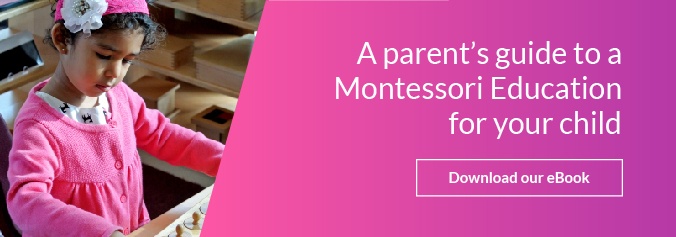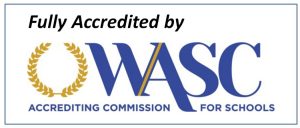Montessori education is unique in several ways when compared with other educational philosophies. If you are comparing Montessori education with public, you will find a stark contrast between the two. The pillars of Montessori education inform the design of the classroom, the learning plans, the goals for students, and the interactions between students and teachers. The Montessori philosophy of education believes that children are naturally smart, the school should prepare students for success in life, and that self-directed education creates life-long learners.
Children are naturally smart
The Montessori philosophy of education posits that children are naturally smart. If they are provided with opportunities to learn in a way they enjoy – and about topics that are of interest to them – students will have no trouble learning or focusing. The Montessori Method is built upon the belief that children are naturally curious. The classroom is designed to allow students to explore their interests and learn about topics in a variety of ways.
School should prepare students for life
The goal of education in the Montessori philosophy is to prepare students for success in life. The youngest students learn to do practical activities such as putting on a jacket, organizing their work area, cleaning the floor, and serving others. They can then take the things they learn and apply them immediately to life outside of the classroom. Mixed-age classrooms provide students with opportunities to develop valuable social skills. When students are faced with a challenge in the Montessori classroom, they are expected to work toward a solution on their own – if possible – instead of expecting the teacher to provide a solution. All of these skills - and others - are developed in the Montessori classroom and help prepare students for success in life.
Self-directed education creates life-long learners
Another pillar of the Montessori philosophy is that self-directed education creates life-long learners. Students in the Montessori classroom have a say in what and how they learn. This design helps students take responsibility for their learning inside and outside of the classroom. Teaching students early on that they are ultimately in charge of what they learn helps them develop into life-long learners. Learning is not something that only happens in the classroom at a desk – it can happen anywhere and at any time for a self-directed learner.
These pillars of Montessori education help shape the experience that your child will have in the classroom. If you resonate with these pillars, continue to learn more about everything that Montessori education has to offer. You can read more on the FMS blog or look through the resources in the Parent Library. And, when you are ready for the next step, you can schedule a class observation to see how these pillars are applied with students.












Let us know what you think about this post
Put your Comment Below: